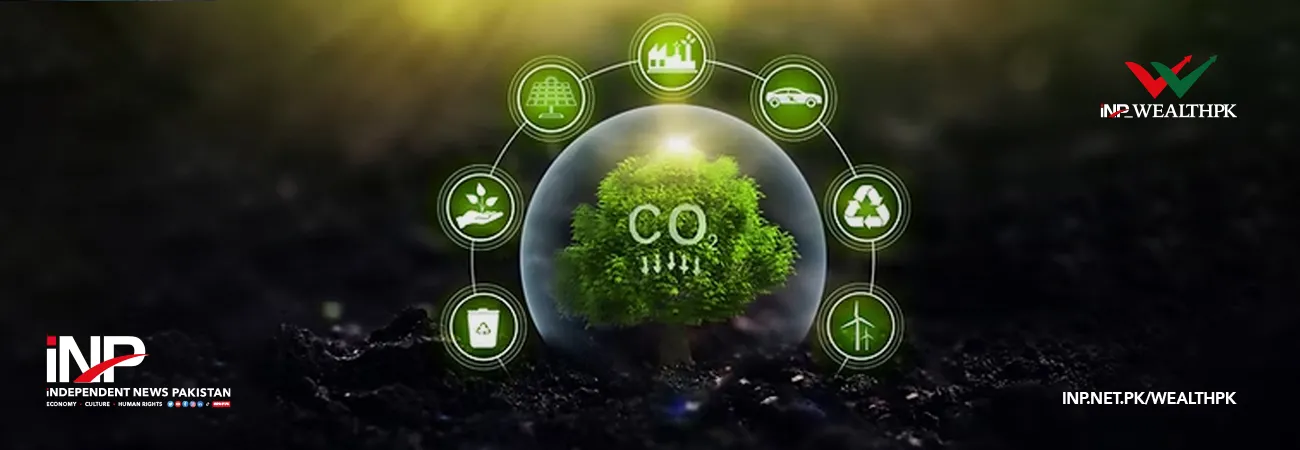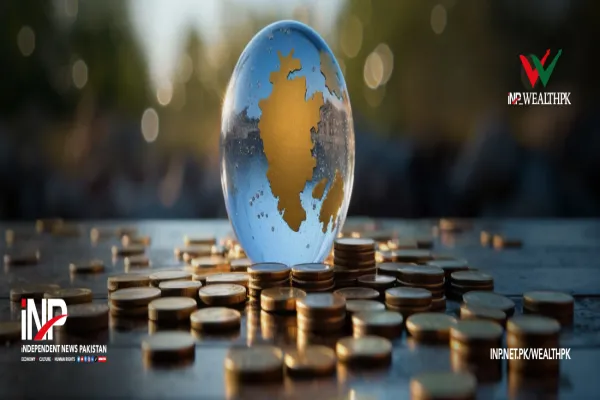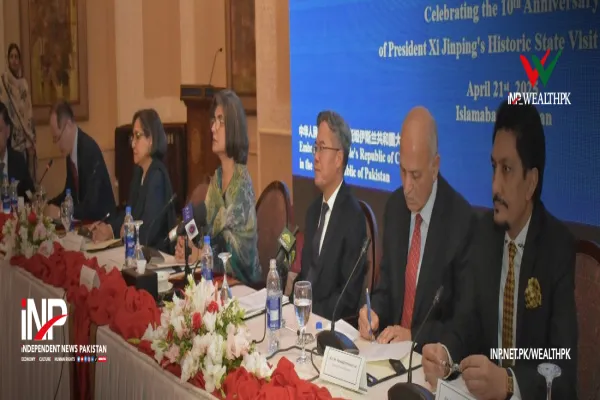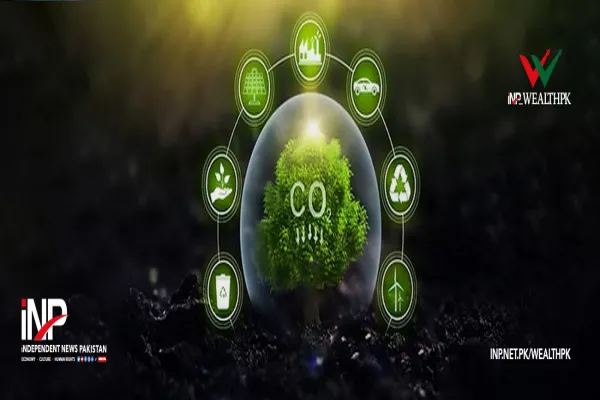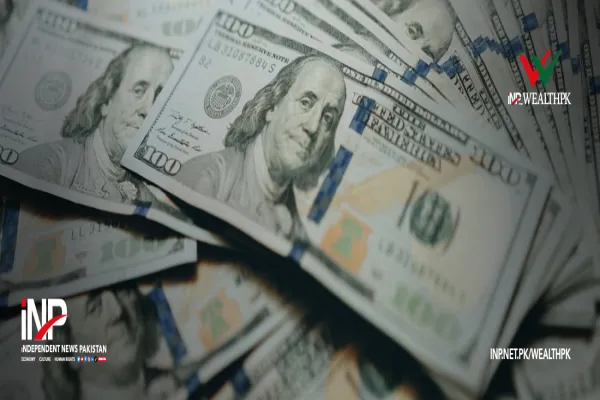i INP-WEALTHPK
Faiza Tehseen
Pakistan can achieve environmental sustainability and have a green economy by establishing a proper carbon trading system (CTS).

"CTS enables companies and countries to buy and sell emission allowances, incentivising those who reduce emissions below the set targets. Globally, such systems are already applied in China, South Korea, and in some parts of the US,” pointed out Dr Abid Qaiyum Suleri, Executive Director of Sustainable Development Policy Institute (SDPI).
Talking exclusively to WealthPK, he said a proper carbon pricing system (CPS) and emissions trading scheme (ETS) can be a powerful tool to reduce carbon emissions and attract global climate investment. “Establishing a sound CTS will not only help meet the international obligations but also create long-term economic resilience.”
Suleri said: “With the accelerating global shift toward climate resilient economy, Pakistan is in urgent need of establishing a carbon trading system to shift toward the green economy. Carbon trading markets are becoming increasingly influential in shaping trade policies.”
He said: “Pakistan lacks the regulatory framework, emissions monitoring infrastructure, and institutional capacity to establish a functioning carbon market. Pakistan has an immense potential to lead in the voluntary carbon markets through reforestation, renewable energy, and sustainable agricultural initiatives.”
The SDPI executive director said that although Pakistan has taken the preliminary steps through its nationally determined contributions (NDCs) under the Paris Agreement, pledging to cut the projected emissions by 50% by the year 2030, achieving the goal is contingent on international support and domestic policy reform.
He said: “Carbon trading can drive down emissions, lower energy costs, create green jobs, and unlock billions in climate financing. Pakistan is ranked among the top 10 countries most vulnerable to climatic impacts. So, efforts in reducing carbon emissions and attracting green finance are more pressing now than ever. It is also a fact that lack of sufficient funding regarding formal carbon marketing mechanism is a key obstacle to progress.”
Suleri said: “It is possible that European Union’s Carbon Border Adjustment Mechanism (CBAM) can impact carbon-intensive exports from countries, including Pakistan. The government should draft a carbon market framework in coordination with stakeholders in the public and private sectors. It will help in setting rules for carbon accounting, verification, and trading. It will also integrate Pakistan with the emerging global carbon trade markets.”
“Establishing a proper voluntary carbon market is vital to align Pakistani industries with global green standards and to channel climate finance into renewable and low-carbon sectors. The private sector is also keen on playing its role. In particularly, cement, energy, and textile companies are looking for ways to cut emissions and improve sustainability credentials, especially as global buyers demand greener supply chains.
Public-private collaboration, donor support, and transparency will be the key to success of any carbon market in Pakistan,” the SDPI executive director noted. Discussing with WealthPK the importance of establishing CTS in Pakistan for green economy, Aijaz Nizamani, former secretary of Sindh Wildlife and Forestry, said: “Turning the green assets of Pakistan into profit-oriented entities will not only strengthen the economy but also help mitigate the climatic impacts.”
He said that the government of Sindh received an interest-free loan of Rs3.25 billion from global companies as a carbon credit transaction issued at $15 per tonne of carbon content arrestation, called delivery. “The Sindh government’s accounts will continue to receive this value per annum for the next 60 years. These profits were earned against the forest stock in the province.”
Credit: INP-WealthPk



